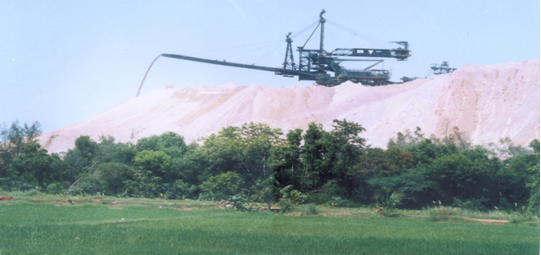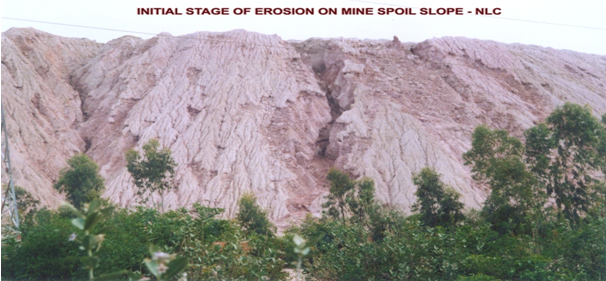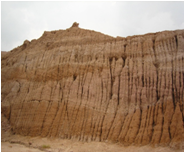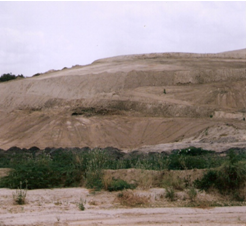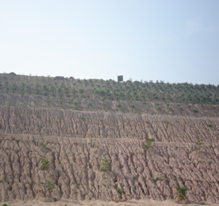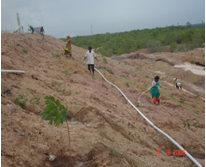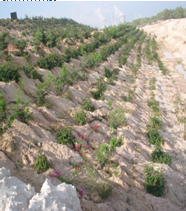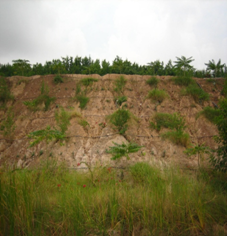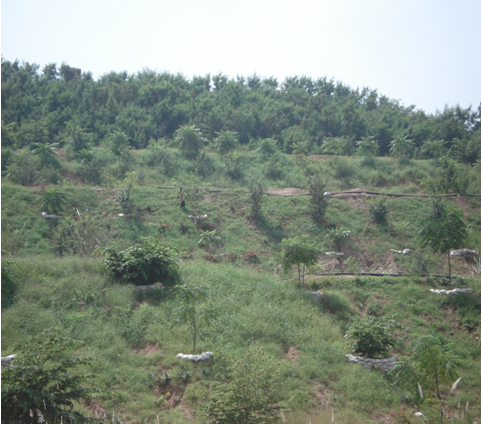 |
|||||||||||
| Home | Seasons & Varieties | Tillage | Nutrient Mgmnt | Irrigation Mgmnt | Weed Mgmnt | Crop Protection | Cost of Cultivation | Photobank | < | ||||||||||
Major Areas :: Disaster Management |
|||||||||||
Slope Stabilization-Ecological Restoration of Mine spoils
Dumping of mine spoil
PINNACLE FORMATION DUE TO EROSION
TNAU INTERVENTIONS
The slope stabilization technologies, bioengineering measures and revegetation of pinnacles at lignite mine spoil ecosystem were evaluated with the following components in an area of 30,000 m2 (300 m length and 100 m depth) at Mines Neyveli Lignite Corporation Limited, Neyveli.
Evaluated the influence of Rainwater harvesting techniques viz., Micro catchments, Ridge and furrows, Half moon terracing, Inward slope bench terraces on establishment and growth of tree species.Developed suitable pre-sowing seed management technologies such as dormancy breaking treatments, hydro priming and pelleting for establishment and growth of fodder, shrubs and tree species.
Established suitable Mulching techniques and erosion control measures viz., the use of Wood chips, Industrial solid wastes (coir waste, press mud, flyash, sewage sludge etc.,) in terraces and micro catchments for sustaining tree growth and for their positive influence of soil health. Evaluated the positive influence of bio-fertilizer and organic amendments like green manure, Industrial solid wastes and other natural organic materials available around NLC for sustaining the mine spoil health. Established Identified plant species in the terraces and batters of slopes
Restored mine spoil
Professor and Head, Dept. Environmental Science, TNAU, Coimbatore Phone No: 0422 -6611252
|
|||||||||||
| Home | Seasons & Varieties | Tillage | Nutrient Management | Irrigation Management | Weed Management | Crop Protection | Cost of Cultivation | Photobank| Disclaimer © All Rights Reserved. TNAU-2016. |
|||||||||||
